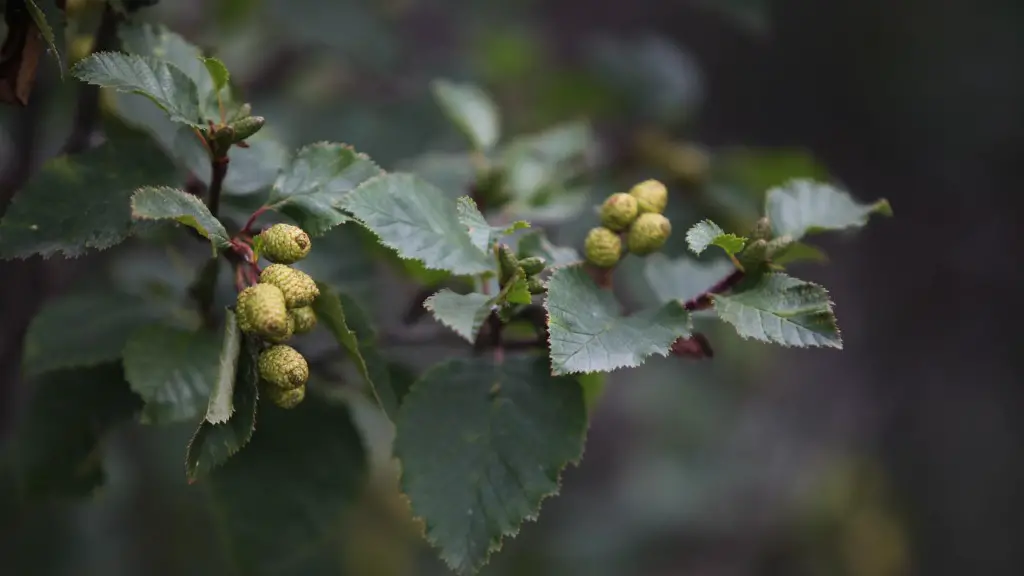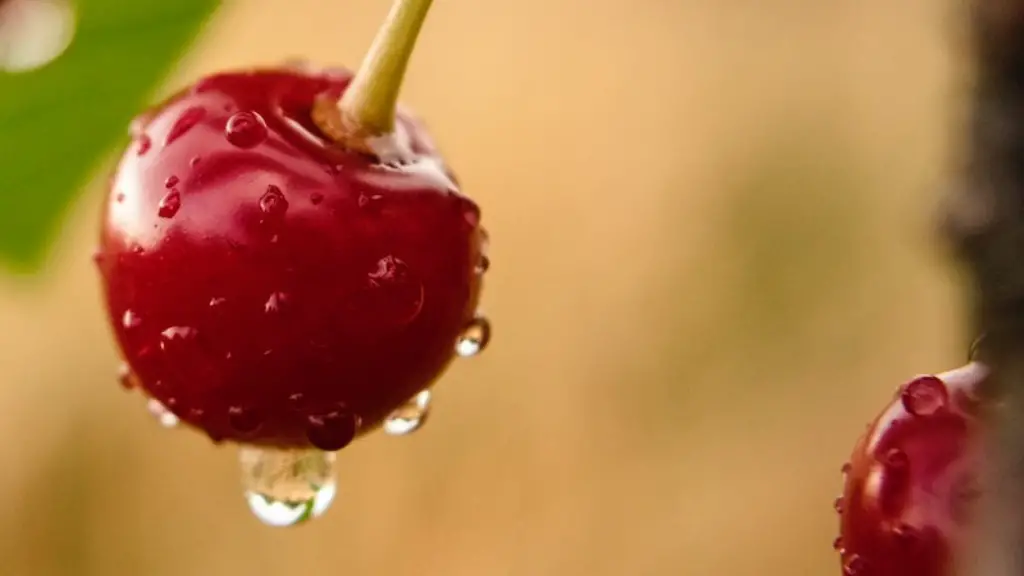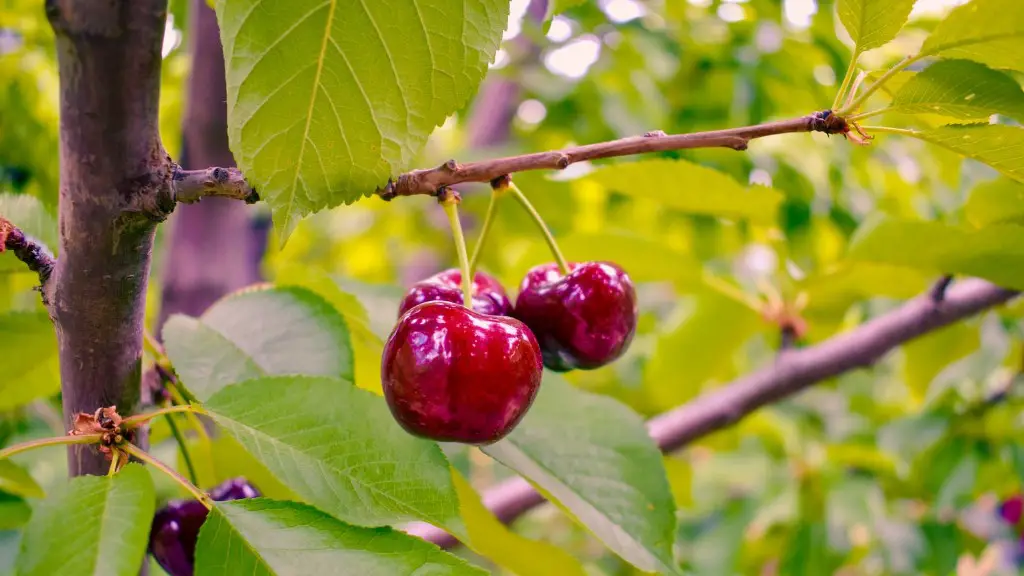Wondering how to grow an avocado tree from a branch? Planting an avocado tree from a branch is an easy, exciting way to grow your own, a process that requires no special tools or materials. With a few simple steps, you will be able to develop a healthy, productive avocado tree.
Avocados are a versatile fruit, native to Mexico and Central America, and a species of flowering plant from the laurel family. Avocados are packed with essential vitamins and minerals, making them a popular health food. Additionally, by providing shade, avocados can help lower temperatures and help conserve energy.
The process of growing an avocado tree from a branch is surprisingly straightforward. To begin, take a cutting about 10 to 12 inches long and place it in a glass of water. Make sure to keep the cutting in a sunny spot and keep the water level just above the lowest leaves. The roots may take several weeks to develop, but as they form and the cutting takes root, you can transplant it into a pot filled with potting soil.
Be sure to use a large pot, as avocados need plenty of room to grow. When transplanted, the tree will need support, so make sure to keep stakes or other materials nearby to help keep the tree upright. Water the tree frequently and apply fertilizer in small amounts on a regular basis.
When it comes to the best time of year to grow an avocado from a branch, spring is the ideal season. During this time, the temperature will be warm enough to ensure a proper root environment for the tree. Additionally, spring months are a good time to plant an avocado tree in the ground, should you choose to pursue such a move in the future.
The biggest hurdle to success when growing any type of tree is providing enough light. Avocado trees do require a considerable amount of light to remain healthy and bear fruit, so be sure that the spot where you will be planting the tree is sunny and can provide adequate light throughout the day.
The process of growing an avocado tree from a branch may require some patience, but is worth the effort. Not only will you get to enjoy the fruits of your labor, but with its unique silhouette and glossy leaves, an avocado tree is an attractive addition to any landscape.
Germinating
Growing an avocado tree from a branch begins with the germination process of the cutting. Before taking the cutting, it is important to examine the branch and make sure there are no signs of disease. The cutting should be about 10 to 12 inches long and taken from a healthy, mature tree that has recently flowered and is likely to yield fruit. Place the cutting in a glass of water and keep it in direct sunlight.
The cutting may take several weeks to develop roots, but patience is key. Monitor the roots daily. When the roots begin to grow and the leaves are looking healthy and strong, the next step is to transplant the cutting into the soil.
Transplanting
When it comes time to transplant the cutting, head to your local gardening store and pick up a large pot filled with potting soil. Make sure the pot is large enough to accommodate the tree’s roots, as avocados trees need plenty of room to grow.
When transplanting, be sure to handle the cutting gently. Gently place the cutting into the soil and pack it around the roots. Use stakes or other materials to help support the tree and keep it upright. To finish off the process, water the tree and add a few handfuls of fertilizer to the soil.
Light
Avocado trees require an ample amount of sunlight to grow. It is important to pick a spot that is sunny and can provide consistent light throughout the day for the tree to thrive. Too little light and the leaves will start to turn yellow and drop off, not providing the tree with the energy it needs.
If you are unsure about the light levels in your garden, use a light meter to check the amount of light in your location. The meter will indicate how much light each part of your garden is receiving on a daily basis. Once you have a good understanding of the light conditions, you can then adjust the location of your tree if needed, or invest in artificial light sources to supplement the natural light.
Time of Year
The best time of year to plant an avocado tree from a branch is in the spring. The temperatures are usually warmer during this time, which will ensure a suitable environment for the root system of the tree to develop. During a mild spring, an avocado tree from a branch can be transplanted outdoors, which will provide the tree with more room to grow and more access to sunlight.
If the temperatures are too cold, or the weather is too unpredictable in your area, you can keep the tree indoors or in a greenhouse or other controlled environment. Keep in mind, however, that the tree may need to be moved outdoors in the summer to ensure it gets enough light.
Pollination
Once your avocado tree has reached a significant size, it’s time to think about pollination. Pollination is the natural process by which flowers are fertilized and produces fruit. Avocado trees can self-pollinate but will benefit from cross-pollination from other trees. Planting multiple avocado trees will greatly increase the chances of successful pollination and a fruitful harvest.
When it comes to pollinating the tree, there are a few methods you can use. The simplest and most effective is to move a branch from one tree to another, which allows the flowers to be physically moved from one tree to the other. You can also use a brush to remove the pollen from the flowers of one tree and apply it to the flowers of the other tree. Another method is to allow insects and other wildlife to act as pollinators.
Care and Maintenance
Once you have successfully completed the planting and pollination processes, you may think you’re done, but there is still work to be done. Avocado trees need regular and consistent care and attention to remain healthy.
Water your tree regularly, at least once a week in the summer and slightly less in the winter, and don’t forget to fertilize. Applying fertilizer or compost will help with the growth and productivity of the tree, as it encourages photosynthesis and increases yields. Lastly, prune the tree and remove branches that are dead or dying, this will help to maintain the shape and health of the tree.
Harvesting
It’s finally time to pick the fruit! After all your hard work, you can finally enjoy the rewards of your labor. Timing is everything when it comes to harvesting, so be sure to keep an eye on the tree and pick your fruit as it ripens. Picked too soon, the fruit will not turn out as expected, and if picked too late it can become overripe and lose its taste.
When it comes to harvesting, always pick with caution. Try to avoid pulling and yanking at the fruit, as this may cause damage to the tree or fruit. Instead, use gardening shears or a pruning tool to safely and effectively harvest your avocados.
Storage
After harvesting, you don’t want your avocados to go to waste. Avocados can be stored in a cool, dark place, such as a cellar or basement, for up to two weeks. For longer term storage, avocados can be frozen or canned for up to a year.
Finally, be sure to enjoy the fruits of your labor and celebrate your success! Planting a tree from a branch is an incredibly rewarding experience, and the pride and joy you feel when you are able to harvest the fruits of your labor is unrivaled.



